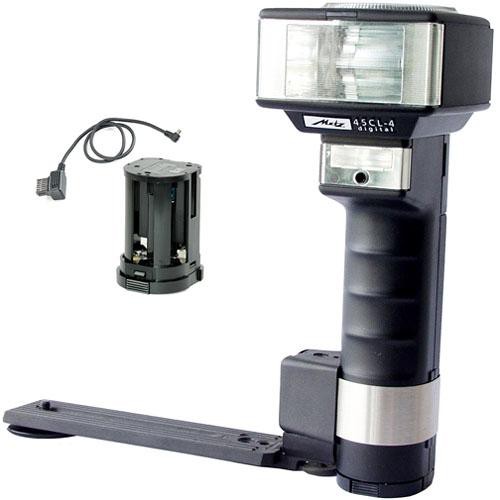I know a
little bit about both laser and inkjet technologies, having worked for a major US manufacturer of both for some years. That said, technology moves on, so don't assume what was right in the 1990s still necessarily applies!
Transfer with a Laser
Mechanically, lasers print in a two-stage process.
1. The toner is a fine carbon-based dust and it is transferred to the final surface by contact (or very nearly contact). The drum (with the reversed image on it) comes very close or touches the surface and toner moves across.
at that stage the toner isn't bound to the paper (or whatever), and if you remove a paper jam from that part of the machine, you'll see you can literally blow the toner away (don't - it's slightly hazardous, similar to MDF dust).
2. The paper then goes through a fuser unit. This applies heat and pressure to bind the toner into the surface.
Why mention all this? Because on most good lasers, you can alter the behaviour of the fuser unit* to optimize printing on different materials. Usually that's limited to altering the temperature it works at, because some media, e.g. cellulose transparency film, need less heat than others (e.g. rough, vellum-type papers) to fuse the toner onto the surface.
At a guess, for transfer to wood, you want the fuser to stick the toner in place just enough to get the paper out and turn it over onto the wood. That's hardly at all.
So the trick would be to
tell the laser printer it has the wrong type of medium ("paper"), and actually
use something that needs high heat to fuse properly. A few experiments will show what works best, but my guess would be using heavyweight, rough paper (not shiny card) and telling the laser you're printing onto transparency film. The 'economy mode' might also have an effect, but I'm not sure if that'll be good or bad! You'll never get extreme detail this way - forget 300 DPI etc. Print on the laser at it's highest resolution and highest 'quality' setting (probably! - 'quality' also affects the crucial fuser temp.). That should get you the most toner on the paper and the highest contrast result on the wood. The transfer to wood, though, will inevitably blur the result a lot (microscopically, at least), so expect a loss of sharpness.
I can see no reason why it shouldn't work (theoretically) with a colour laser, too, BUT I think they glaze the paper in the fuser system, and thus may well fuse the toner too well for transfer. I have no direct experience of them (other than as a user). Obviously, too, if it works at all, you'll get a significant colour change on the wood, as they're intended to print onto a specific white paper.
An idea about fixing the image to the wood:
For years, I've done a party trick with my big photographic flashguns to demonstrate the physics of them to children: All decent flashguns emit a HUGE amount of power (watts), albeit for a very short time.
My biggest portable flashgun will do around 300,000 watts. Really. No exaggeration. But that's for only 1/10,000 of a second (with 30 Joules of energy emitted). It is plenty, however, to make a piece of black laser-printed paper start to smoke, if you hold it in front of the flashgun and fire at full power.
The more toner, the more smoke. DO try this at home folks, but eyes tight shut until after the flash! (Much like a nuclear detonation really.). It doesn't work half as well with inkjet paper.
My point? Do the transfer, then fire a flashgun on the surface of the wood (will probably need a few flashes each doing a small area at a time, and ON the wood, not close to it). You'll cook the toner you've transferred, and hopefully the wood itself will reflect enough energy not to scorch.
Caveats: 1. You need a powerful flashgun (my biggest reliable one is about 45J). The on-camera things won't cut it or even come close. 2. It's mechanically hard on tube and reservoir capacitor, so you may kill the flashgun if you do this too much (hint: speed isn't important, so leave some time between full flashes for the system to 'heal' itself). 3. Don't even think about doing this with normal AA batteries in the gun - they won't last. Even NiCd and Li-ion will heat up significantly.
FWIW, I use these:
Both are about 45J officially, but it depends on how you're using them. 30J is a more realistic figure.
regards,
E.
*The service manual for my printer is several hundred dense pages I'll look when I remember where I put it!


































